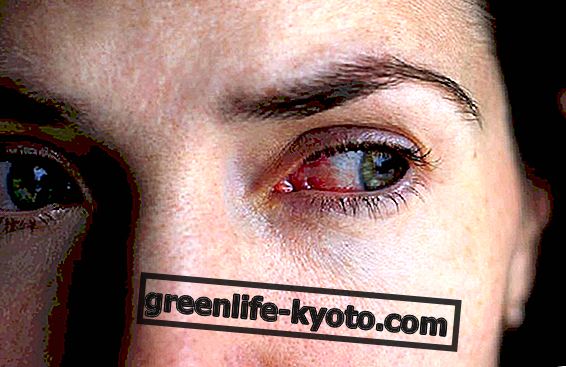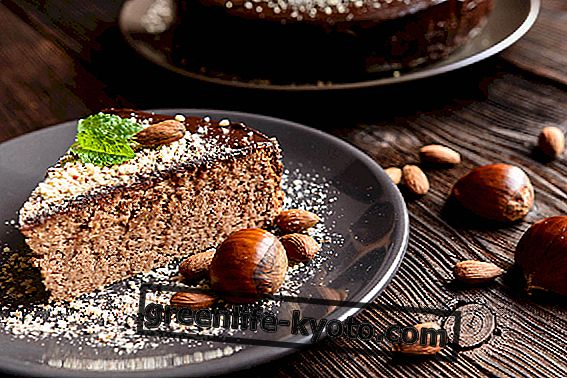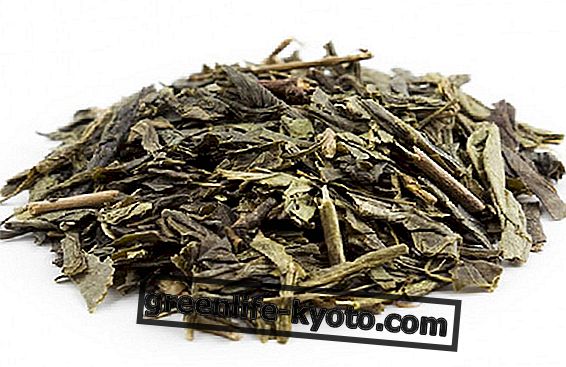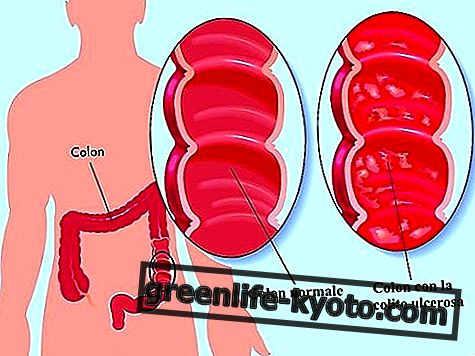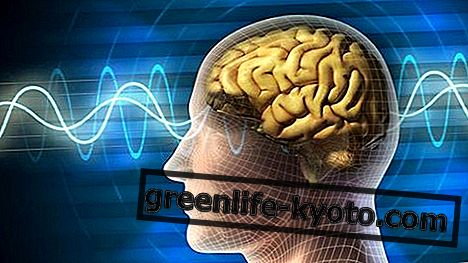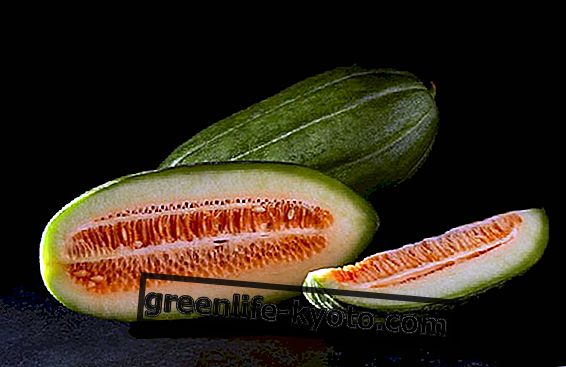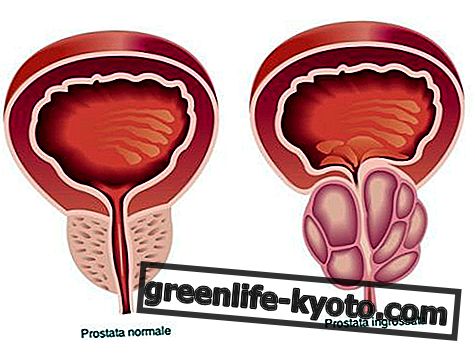
The sense of osteopathy
The term "osteopathy" was coined by its founder, the American surgeon Andrew Taylor Still, who at the end of the nineteenth century discovered the relationships between the functional balance of the body's structure and health. In osteopathy, the individual is seen as a whole as a system composed of muscles, skeletal structures and internal organs that find their connection in the nerve centers of the spine. Each constituent part of the person (including the psyche) is dependent on the others and the correct functioning of each ensures that of the entire structure: therefore, well-being.
Technically, osteopathy is a manual therapy, complementary to classical medicine. This natural method does not involve the use of drugs and uses a causal and non-symptomatic approach ; he studies the individual as a whole and is not satisfied with resolving the symptom, but goes in search of the cause that can find its localization also in another area with respect to that of pain. It is effective for the prevention, evaluation and treatment of disorders affecting the neuro-musculoskeletal system, to which they can however be associated with functional alterations of the organs and viscera and of the cranial sacral system.
Osteopathy can in fact be divided into three broad categories :
- Visceral osteopathy
- Structural osteopathy
- Cranial sacral osteopathy
You can learn more about who the osteopath is and what it does
Cranial sacral osteopathy
Cranial sacral osteopathy is applied by osteopaths to the onset of problems such as headache, sinusitis, painful tics, eye disorders, ears, nose, allergies, temporomandibular joint problems, coordination problems, dyslexia, learning problems and so on.
The origins? Cranial sacral osteopathy was born by DO Sutherland, Osteopath and Chiropractor who, in 1934 in " The Cranial Bowl", theorized the existence of the Primary Respiration Movement (MRP), an intrinsic movement of the cerebral mass that produces displacement of liquid mullet rachidian in the ventricles, in the skull and in the spinal cord. dynamics between jaw and maxillary bones and between mandible and skull base.
But how does it work? The cranial sacral massage is a holistic technique that the operator implements by means of a light touch on the cranial bones and on the vertebral column of a subject, in order to establish contact with the person's cranial sacral rhythm, to stimulate and support it.
The consultation starts with a medical history that starts from the patient's main disorder, and then goes back up to the osteopathic injury (s) implicated in the problem (integrated as a whole). The goal is to diagnose, with the help of clinical and osteopathic tests, the barriers to mobility and elasticity / deformability of anatomical structures that can limit the body in its physiological functions. This process will allow us to develop an appropriate treatment.
Cranial sacral osteopathy revolves around the rhythmic fluctuation of the encephalorachidian fluid . This liquor is a transparent fluid that permeates the entire central nervous system keeping it in suspension, protecting it, nourishing it and contributing to the regulation of intracranial pressure. Through light manipulations, almost imperceptible to the patient, the operator is able to intervene on the whole organism, through the connections with the cranial sacral system.
The benefits can be seen already from the first session.
